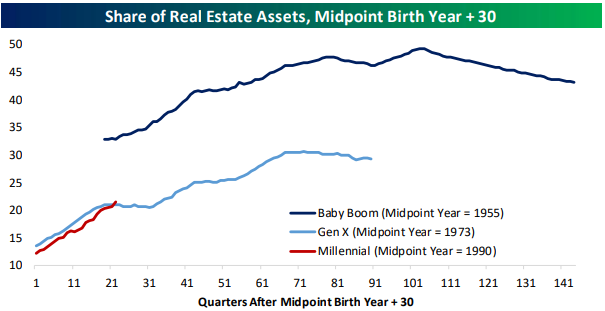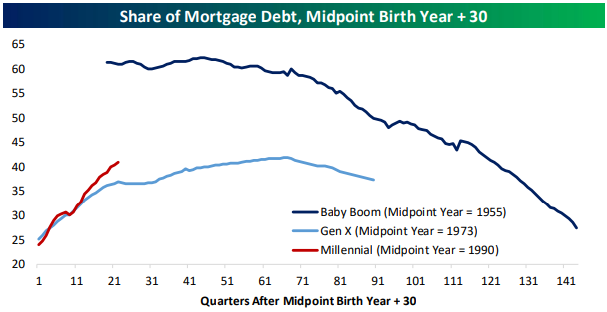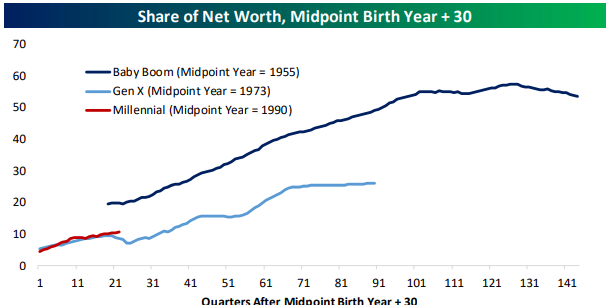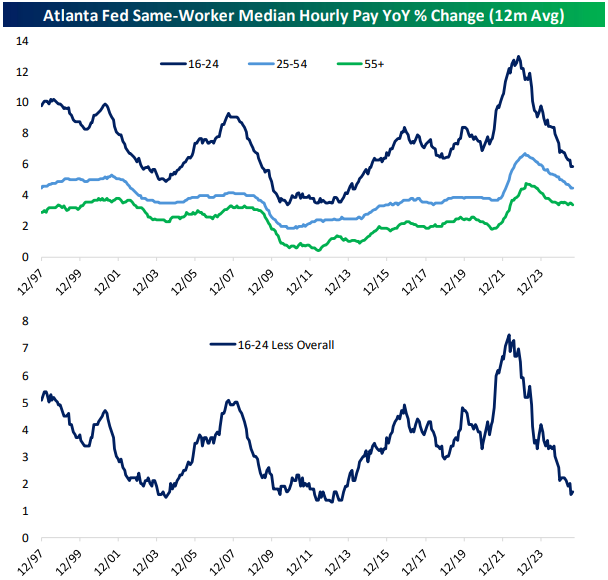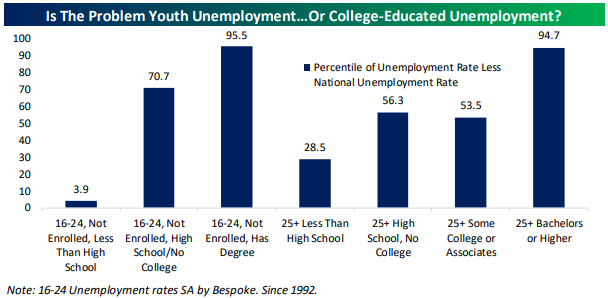We’re approaching the end of a good year for stocks and bonds, both at home and abroad. Volatility has picked up in recent weeks, and anything can happen prior to Dec 31st, but there’s still a tailwind pushing us into 2026 and that’s a good thing.
That said, excess performance of major market indices like the S&P 500 is (and has for a couple of years now) been coming from a handful of stocks. That’s not news, of course, and we’ve discussed it multiple times. But it’s important to monitor the evolution.
At last check there were nine trillion-plus dollar companies in the S&P 500 and, collectively, they make up about 40% of the index’s market value. Of those, Google and Broadcom are each up nearly 70% this year and Nvidia is up 36%. Not all the biggest companies are having a banner year, such as Berkshire Hathaway up a solid 11% and Amazon up only 4%. But the outperformers are big enough and are outperforming enough that the S&P 500 is up nearly 17% year-to-date while the rest of the market is fair to middling.
We can see this disparity when comparing the S&P 500’s return to an index fund that weights the same index components equally versus by size. A common example, Invesco’s Equal-Weighted S&P 500 fund, ticker symbol RSP, is up about 10% this year. Large cap dividend-oriented stock funds are up about 13%. Those are solid returns from the bulk of the rest of the market but the Tech sector’s 27% and Communication Services up 20%, plus their combined index weighting of about 46% as of yesterday, has added real oomph to the bottom line of lots of portfolios.
Given this performance imbalance, rebalancing is a good idea as we close out the year. I mentioned this last week as well but it’s worthy of repetition. This is especially true if you’ve been getting extra lift from AI-related stocks, perhaps through holding common stocks, larger positions in broad market index funds, or both.
Maybe you have outsized but low basis common stock or mutual fund positions in your non-retirement account. If so, try to work around these while rebalancing across your whole portfolio. Sometimes there’s a limit to how much you can rebalance because of potential capital gains taxes on those low basis positions but do the best you can. Remember, rebalancing is most easily done within retirement accounts because you don’t need to worry about capital gains taxes.
If doing this yourself, you could review your holdings to see how “overweight” you are in the Technology and Communications Services sectors. As mentioned above, they comprise about 46% of the S&P 500, which is generally used to determine the overall market weight. Consider cutting combined exposure by around half since that’s about where it was before the public launch of ChatGPT two-plus years ago. Perhaps diversify into something like an equal-weighted fund like RSP, a dividend-oriented fund, or anything else that keeps you invested in stocks while reducing exposure to overheated sectors. Major foreign stock indexes like the MSCI EAFE also offer a substantially reduced weighting to these sectors while enhancing diversification, so an index fund based on that could also be a great choice.
I’m not suggesting an imminent decline for AI stocks, by the way. There seems to be a tailwind here too. Instead, I’m suggesting that trimming from your winners and adding to good quality underperformers is prudent and works well when managing portfolios in the real world over the longer term. This is counterintuitive but reduces overall volatility while creating opportunities to generate spending cash – often when the market is high. And as the saying goes, you never go broke by taking a profit.
Also important this week is the Fed holding its final rate-setting meeting this year on Wednesday. As I type, the CME FedWatch tool indicates a roughly 90% chance of another quarter point rate cut. This has whipsawed around in recent weeks, but the current thinking is one more rate cut now and then a wait-and-see approach from the Fed until deeper into 2026, maybe next summer.
This is one of those good news, bad news dynamics when the markets love low rates so long as they’re for the right reasons. But the Fed doesn’t have much reason to lower rates further than where we’re expected to be tomorrow, which is ultimately a good thing for the economy. Still, the markets are known to throw tantrums when they don’t get what they want, so the Fed’s tone and specific verbiage will be closely studied in the days ahead.
Other than that, have a great week!
Have questions? Ask us. We can help.
- Created on .
